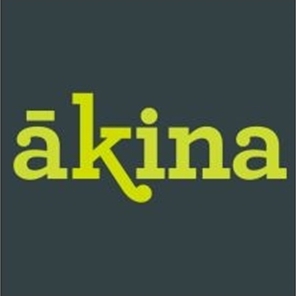Work Still Required To Reduce Workplace Harm
The move to greater use of Approved Codes of Practice (ACOPs) as tools for health and safety compliance will allow businesses to confidently mitigate hazards and risks, says the Employers and Manufacturers Association (EMA).
Following the advice contained within these practical guidelines will give businesses confidence that ‘reasonably practicable’ steps have been met.
"It hasn’t always been clear what ‘reasonably practicable’ actually means," says EMA Manager of Employment Relations and Safety Paul Jarvie.
"As the term underpins all the duties found within the Health and Safety at Work Act and related regulations, this clarity is welcome."
There are 23 existing ACOPs (asbestos removal, for example) and they allow industry and stakeholder development of best practice, meaning sectors can more quickly adapt to innovation and changes within their individual areas.
These are typically industry-led, but new ones could have WorkSafe and other stakeholder involvement, with the Minister for Workplace Relations and Safety having final sign-off.
The EMA believes this approach will ensure industry sectors have ownership of their workplace safety systems, while using industry insights to produce user-friendly and practical sets of guidelines to keep our workers safer.
While the Minister has announced four recommended changes to the health and safety laws in the past few days, the EMA believes there is still more that could be done to bring our rates of workplace harm closer to jurisdictions such as Australia and the United Kingdom.
"When assessed individually the recent changes make good sense, replacing complexity and confusion with more clarity for those affected," says Jarvie.
"Our workplace safety legislation is largely based on Australian legislation, which is in turn derived from the UK. But our results lag significantly, and we continue to harm or kill too many of our workers.
"Both of those countries have far more detailed and precise regulation to support their legislation.
"During the Minister’s recent roadshow, and in detailed submissions from industry and health and safety professionals, the systemic issues that still face businesses were clearly highlighted.
"The EMA believes there remains a requirement for more detailed regulations, as in other similar countries, and we need a national strategic plan to make workplaces both safer and healthier."
The additional funding for new workplace inspectors of $2.7 million is a good step, but the cost of workplace harm is $4.9 billion annually.
"We need to stabilise WorkSafe NZ and give it a clear mandate to work with businesses on making the workplace safer and to be a modern regulator - not just focussed on non-compliance and enforcement," says Jarvie.
"We have to accept that we are still not doing workplace health and safety well enough, and we need to be better - for the sake of our workforce and their families."


 Harmony Energy: Ceremony Heralds Start Of Construction On New Zealand’s Largest Solar Farm Project
Harmony Energy: Ceremony Heralds Start Of Construction On New Zealand’s Largest Solar Farm Project Stats NZ: Annual Number Of Home Consents Down 7.4 Percent
Stats NZ: Annual Number Of Home Consents Down 7.4 Percent Plains Media: Plains FM Announces Name Change After 37 Years
Plains Media: Plains FM Announces Name Change After 37 Years NIWA: Flooding From Underneath - New Tool Reveals Shallow Groundwater Elevations
NIWA: Flooding From Underneath - New Tool Reveals Shallow Groundwater Elevations Commerce Commission: Commission Concludes Auckland Airport Over-charging By $190 Million
Commerce Commission: Commission Concludes Auckland Airport Over-charging By $190 Million The Future Is Rail: Ferry Decision - Common Sense Prevails
The Future Is Rail: Ferry Decision - Common Sense Prevails



